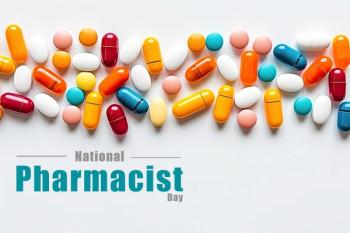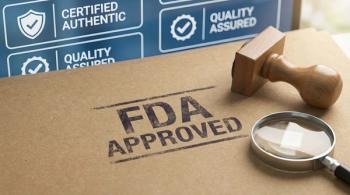
Global Incidence of Diabetes Prescriptions Continue to Spike
Diabetes prescriptions grew 80% over the last 10 years in England.
As the global incidence of diabetes continues to grow, it is not surprising that the number of prescriptions for the condition have also increased.
A new report conducted by NHS Digital indicated that items prescribed in a primary care setting in England skyrocketed 80.1% over the last decade, while overall prescriptions only increased 46%. In 2016, prescriptions for diabetes increased at a rate of 4.7% compared with 2% for overall prescriptions.
In the British National Formulary,
The authors found that 52 million items were prescribed for diabetes in 2016-2017, increasing from 49.7 million in 2015-2016. The prescribing rate grew substantially from only 28.9 million in 2006-2007, according to the study.
The investigators report that between 2009-2010 and 2015-2016, diabetes incidence increased by 22.6%. This increase was observed to result in a 40% spike in prescriptions.
Of all drugs, metformin prescriptions increased 51.5% during this time period. Over the past decade, the authors discovered that metformin prescribing has more than doubled, rising from 9.4 million prescriptions in 2006-2007 to 20.8 million in 2016-2017, according to the study.
Intuitively, this swell in diabetes prescriptions was also linked to a larger portion of spending on the drugs. In 2016-2017, the diabetes drugs accounted for £1 of every £9 spent on prescription drugs, while it was less than £1 of every £14 a decade ago, according to the study.
During this time period, the cost of diabetes drugs were also observed to increase in England over the past year. In contrast, the authors reported that the overall cost of prescriptions was dropping.
During the study period, there was a slight reduction in overall prescription drug spending to £9 billion, but there was a £27 million increase for diabetes alone. This increase brought diabetes spending up to £983.7 million in 2016-2017, according to NHS Digital.
The report also indicated that treatments labeled as “other antidiabetic drugs" are the costliest drugs for diabetes. For the first time, this class of drugs rose above the cost of human analogue insulin, which is a common therapy.
While the authors noted that human analogue insulin accounted for a small number of diabetes prescriptions, the cost is rising. In 2016-17, insulin cost £322.5 million compared with £103.0 million in 2006-07, according to the report.
These results suggest that additional measures are needed to prevent the onset of diabetes, as it is driving rapid spending in England. It is likely that similar findings would be discovered in the United States, where diabetes incidence and prevalence is high.
Newsletter
Stay informed on drug updates, treatment guidelines, and pharmacy practice trends—subscribe to Pharmacy Times for weekly clinical insights.














































































































































































































